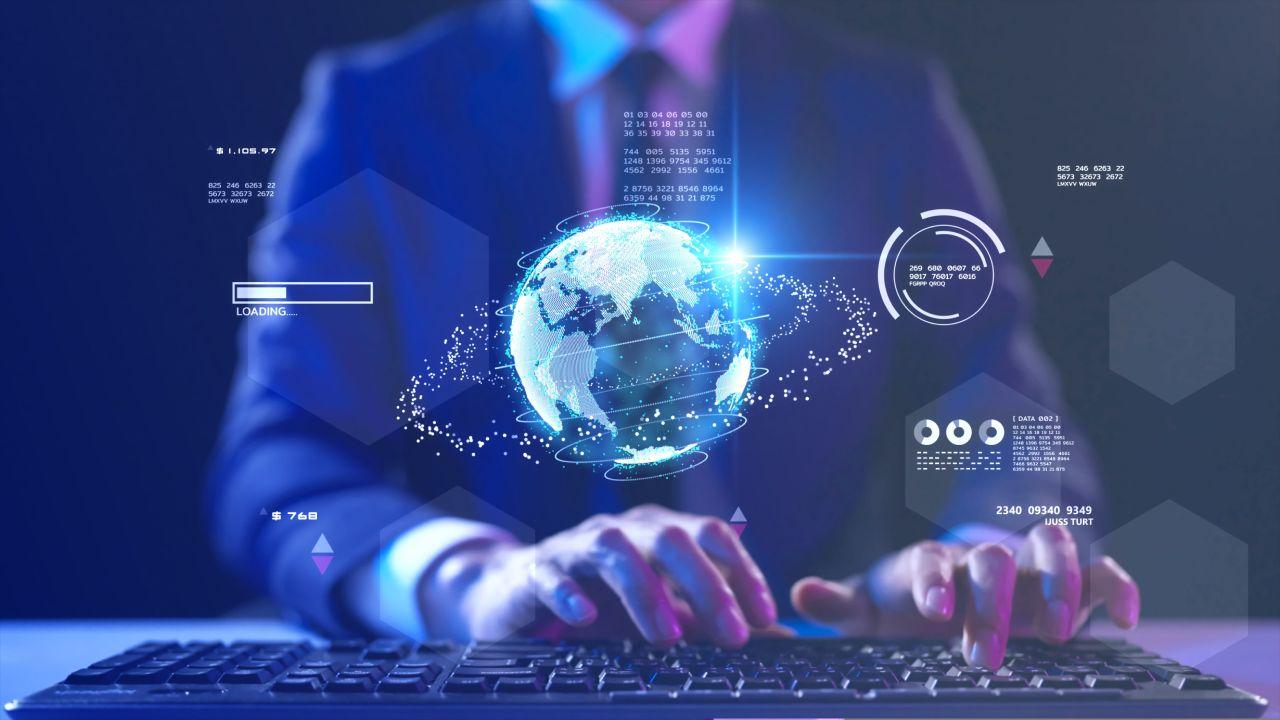Interpretation Technology: Empowering Global Communication


Multilingual communication is essential across industries, from business to healthcare to government and everyday interactions. Interpretation technology helps bridge language gaps, enabling understanding and building meaningful connections across cultures.
The Evolution of Interpretation Technology
Interpretation began as an in-person service, with skilled professionals facilitating communication at conferences, meetings, and critical events. The introduction of telephonic interpreting in the late 20th century was transformative, enabling interpreters to work remotely and expanding access in critical areas like healthcare and law. As technology evolved, so did the field: Video remote interpreting (VRI) brought real-time, expressive interpretation to video platforms, while mobile apps put basic language support directly into users’ hands—anytime, anywhere.
More recently, global connectivity and the rise of remote collaboration have positioned modern online interpretation platforms as vital tools. These platforms provide secure, multilingual communication for virtual meetings and conferences, with features like simultaneous interpretation that maintain the natural flow of conversation. As a result, interpretation services are now faster, more flexible, and more accessible, helping to bring expert language support to organizations and individuals across the globe.
The Rise of AI: Shaping the Future of Interpretation
Today, artificial intelligence is opening new frontiers in interpretation technology. Advanced AI-powered interpretation solutions now deliver instant speech translation and automatic captions, while sophisticated language software understands context, idioms, and cultural nuances with increasing accuracy. These improvements bring unprecedented speed, scalability, and flexibility—serving the demands of multilingual communication in a variety of industries.
As AI revolutionizes the interpretation industry, it also introduces important ethical considerations. Addressing these challenges requires collaboration among technology developers, service providers, interpreters, and organizations worldwide. Responsible implementation is key to protecting privacy, ensuring reliability, and preserving the irreplaceable human element. With a balanced approach, AI can do more than break down language barriers. It can help create a future where understanding and inclusion are the heart of global communication.
Join us in shaping a future where language is never a barrier to connection. Explore our interpretation services today.